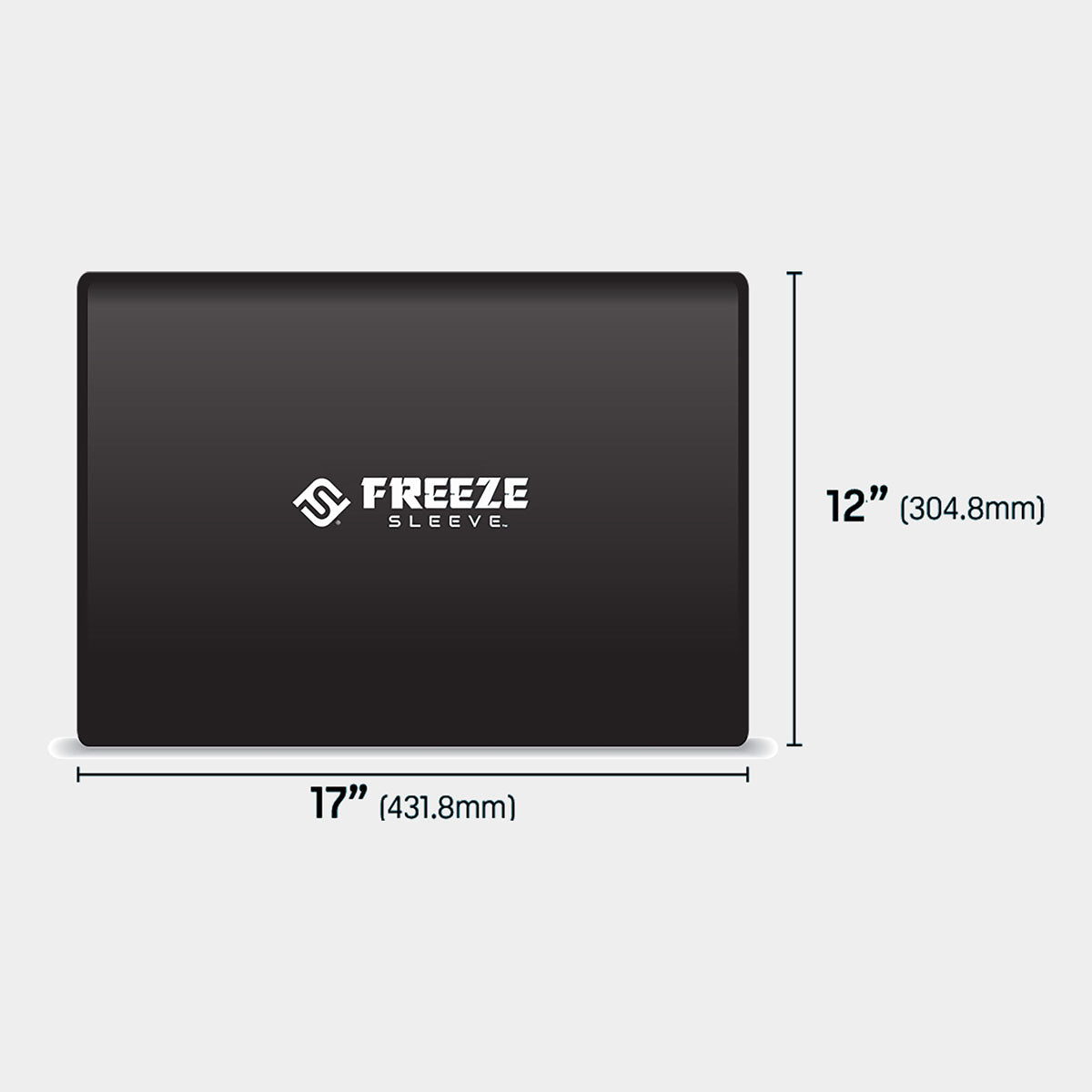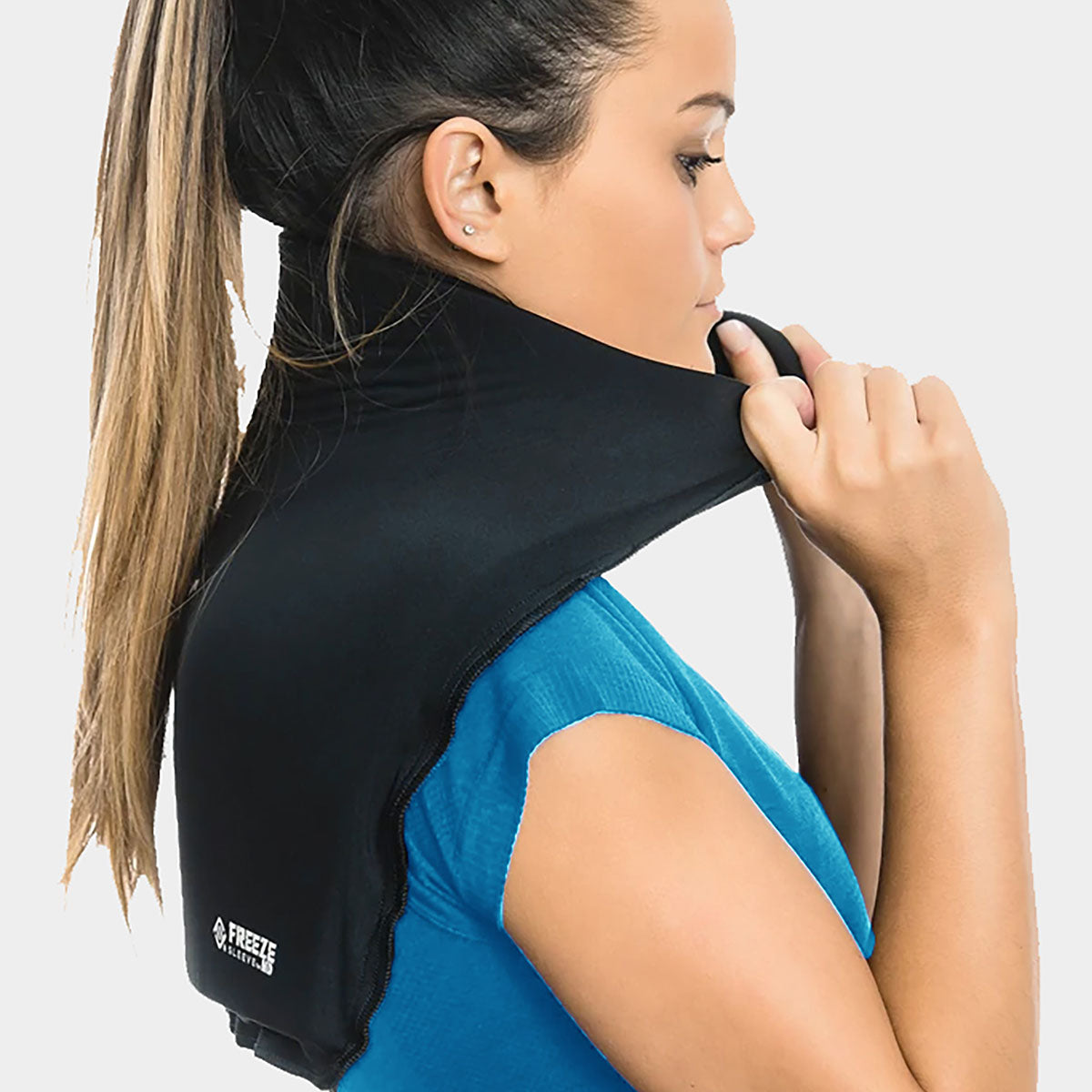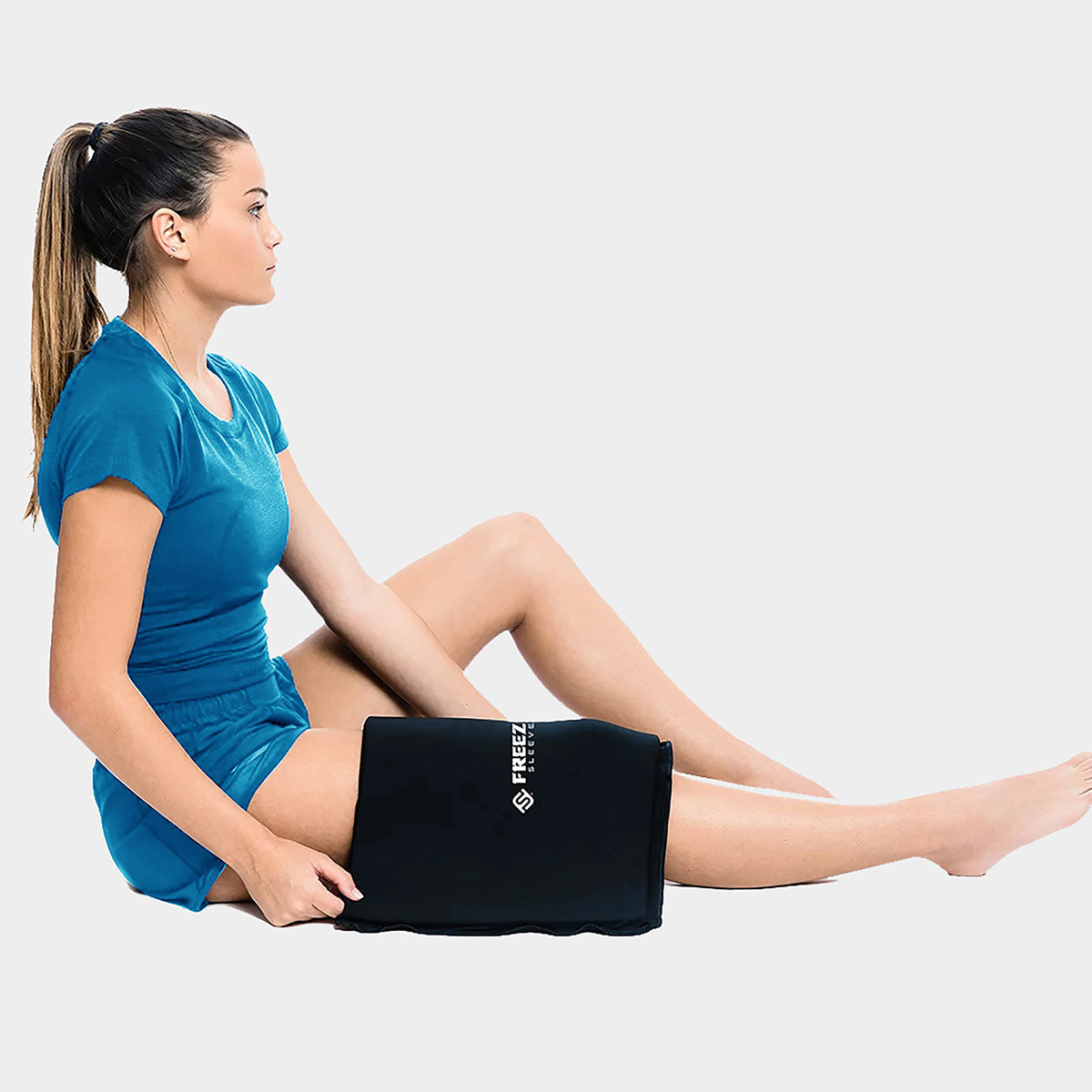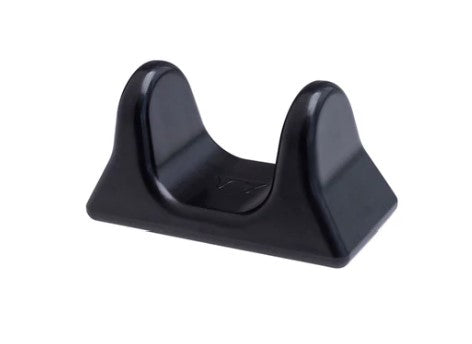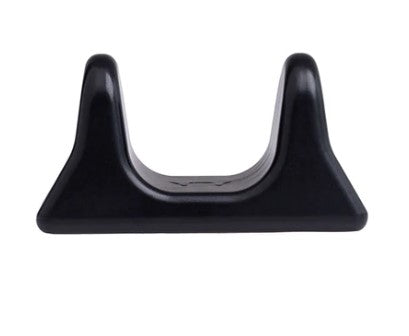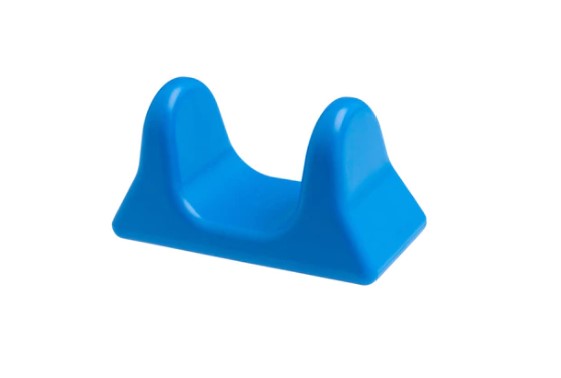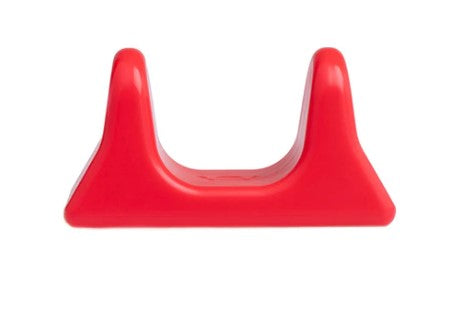WATCH: Anterior Pelvic Tilt Fix with Casey Williams and Dani Overcash — Glute Retraining
In this exercise, we’ve got him in a quadruped position with the intent of getting him "into" his left hip with decreased lumbar extension, and a bit of right hemi-pelvis rotation in the transverse plane. That’s basically fancy talk for saying it's different than the anterior tilt we’re trying to correct. His shift was more than a left-right shift, and more than just anterior pelvic tilt. This exercise really went to the exact opposite of where he squats in three planes of motion to try to integrate the previous three exercises. But he had to have the foundation of the previous three built first. Key points for this exercise: Lower abs and obliques are used to tuck the pelvis under. There’s a reason Chris Duffin makes a big deal about the obliques. Seriously, go look at an anatomy chart and appreciate that if we’re going to get a neutral lumbar spine without load on it, one of the best ways to do so is to anchor the ribs and pelvis a little closer together. Any time you’re under weight and want to stabilize yourself as a pillar, these are critical, but position is everything. At one point in the video, I correct his pelvis position as he moves his right leg. You can see his right hip moving back, which is—surprise—exactly how he squatted under weight. With a little cuing, he’s able to get a little bit of rotation to the opposite side by reaching his right leg toward the floor. Filling up your upper back is important. I’ll likely do another article on this later on and how it relates to shoulder health, but as much as we make a big deal about front ribs and bringing those down to position the obliques and diaphragm, the same rib wraps around the back and attaches to our spine. Casey mentioned in one of our earlier installments that he didn’t realize how much difficulty he had breathing. He’s right. When you don’t utilize something, it becomes less efficient. This is a general principle. Our breathing includes our lungs, diaphragm, ribs (which have to move accordingly with respiration), and accessory respirators. We tend to get into a pattern where we don’t utilize certain areas correctly. The important part for you to know is that you should try to fill your upper back as you breathe in, without forcing it or using your neck muscles to inhale (seriously, check yourself here), and keep it expanded as you breathe out. Your exhalation should gently close the space between your ribs and hipbones. This can be more difficult for females. Man, I'm learning this one the hard way. We generally tend to have a little more laxity, so taking us to end-range flexion can end up being not so comfortable. Think smaller motion with this, provided you can still feel the right muscles. The only correction I’d really give to this video is still to “try less hard.” Casey's pretty relaxed in all the other videos, but this exercise is still challenging enough for him that he’s pretty shaky and almost ramping up in a way. If that’s the case, or you’re having to work incredibly hard to find position, dial back. Remember small motions. Working too hard means you’re likely going to lose position somewhere. Remember that with these particular breathing exercises, position is the big deal. It was position that got Casey into his issues to begin with. I preach this all the time, but this is a great example of alternating to the opposite of whatever position you tend to find yourself favoring now and then.
Pro Tips from Casey
- Lower Abs — The biggest thing I learned here was using my lower abs to aid in pulling my pelvis back to neutral. If you have an anterior pelvic tilt, focus on squeezing your glutes AND pulling/flexing your low abs to lock that neutral pelvis into place. It’s important during this rehab exercise but even more important under a squat or deadlift.
- Left Knee — Dani mentions that my left knee is on a pad to “shift me into my left hip." That’s the goal of this whole experience. I was squatting away from my left hip or into my right hip. That was half the cause to my injuries (the anterior pelvic tilt was the other half).
- Flat Back — For me it feels like my low back is rounded. You’re used to a pelvic tilt, so film yourself doing these so you can understand where neutral is for you.
- This position is hard. Notice I was doing it wrong. This was the first time Dani and I got to work on this in-person. Everything was done via FaceTime or phone calls before this.
- Breathing is hard. Fill your lungs and upper back, then use your obliques to gently breathe out. You don’t need to flex but there should be a slight engagement. The reason for this is that it keeps your ribs in the same relationship to your hips to maintain neutral.
Continue watching this seven-part weekly series for exercises that helped mediate Casey's hip shift and dysfunction.
- Part 1: WATCH: Physical Therapy — Anterior Pelvic Tilt Fix with Casey Williams and Dani Overcash
- Part 2: WATCH: Anterior Pelvic Tilt Fix with Casey Williams and Dani Overcash — The 90-90 Hip Lift
- Part 3: WATCH: Anterior Pelvic Tilt Fix with Casey Williams and Dani Overcash — Creating an Anchor Point
-
Part 4: WATCH: Anterior Pelvic Tilt Fix with Casey Williams and Dani Overcash — Glute Retraining
















































